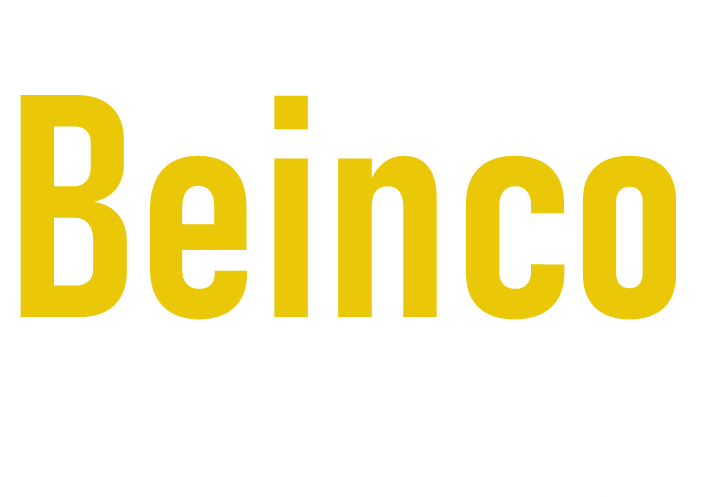Scada systems and intergration

SCADA (Supervisory Control and Data Acquisition) integration refers to the process of connecting SCADA systems with other systems, devices, or software applications to create a unified and coordinated control and monitoring environment. SCADA systems are used in various industries to monitor and control processes, such as industrial automation, manufacturing, energy distribution, water treatment, and more.
Integrating SCADA involves connecting it to other components, such as:
- Data Sources: SCADA systems collect data from various sensors, instruments, and devices in real-time. Integrating with these data sources allows the SCADA system to continuously monitor the process and gather relevant information.
- Control Systems: SCADA systems often include control capabilities to manage and manipulate industrial processes. Integrating with control systems allows operators to remotely adjust settings, initiate actions, and respond to alarms.
- Human-Machine Interfaces (HMIs): HMIs provide the user interface for operators to interact with the SCADA system. Integrating SCADA with HMIs ensures that operators can monitor processes, access historical data, and interact with controls effectively.
- Enterprise Resource Planning (ERP) Systems: Integrating SCADA with ERP systems enables the exchange of data related to production, inventory, and resource allocation. This integration can optimize resource utilization and support decision-making.
